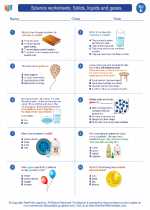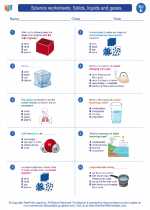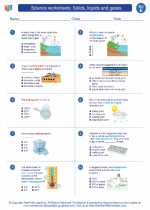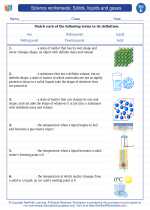Jurassic Period
The Jurassic Period is the second period of the Mesozoic Era and is named after the Jura Mountains in the European Alps. It lasted from approximately 201 to 145 million years ago. The Jurassic Period is known for the dominance of dinosaurs, as well as the evolution of many new types of plants and animals.
Geography
During the Jurassic Period, the Earth's landmasses were still joined together in the supercontinent of Pangaea, but they began to break apart during this time. The breakup of Pangaea led to the formation of new continents and oceans.
Climate
The climate during the Jurassic Period was generally warm and tropical, with high levels of carbon dioxide in the atmosphere. This led to lush vegetation and allowed reptiles and dinosaurs to thrive in the warm, wet environments.
Flora and Fauna
The Jurassic Period saw the evolution of many new types of plants, including conifers, cycads, and ferns. In addition to dinosaurs, marine reptiles such as ichthyosaurs and plesiosaurs were abundant in the oceans. The first birds and mammals also appeared during this time.
Study Guide
- What is the Jurassic Period?
- How long did the Jurassic Period last?
- What is the significance of the Jura Mountains in relation to the Jurassic Period?
- Describe the geography of the Earth during the Jurassic Period.
- What was the climate like during the Jurassic Period?
- What types of plants evolved during the Jurassic Period?
- What were some of the dominant animal species during the Jurassic Period?
- What were some of the major events that occurred during the Jurassic Period?
[Jurassic] Related Worksheets and Study Guides:
.◂Science Worksheets and Study Guides Fifth Grade. Science worksheets: Solids, liquids and gases.

 Worksheet/Answer key
Worksheet/Answer key
 Worksheet/Answer key
Worksheet/Answer key
 Worksheet/Answer key
Worksheet/Answer key
 Vocabulary/Answer key
Vocabulary/Answer key
